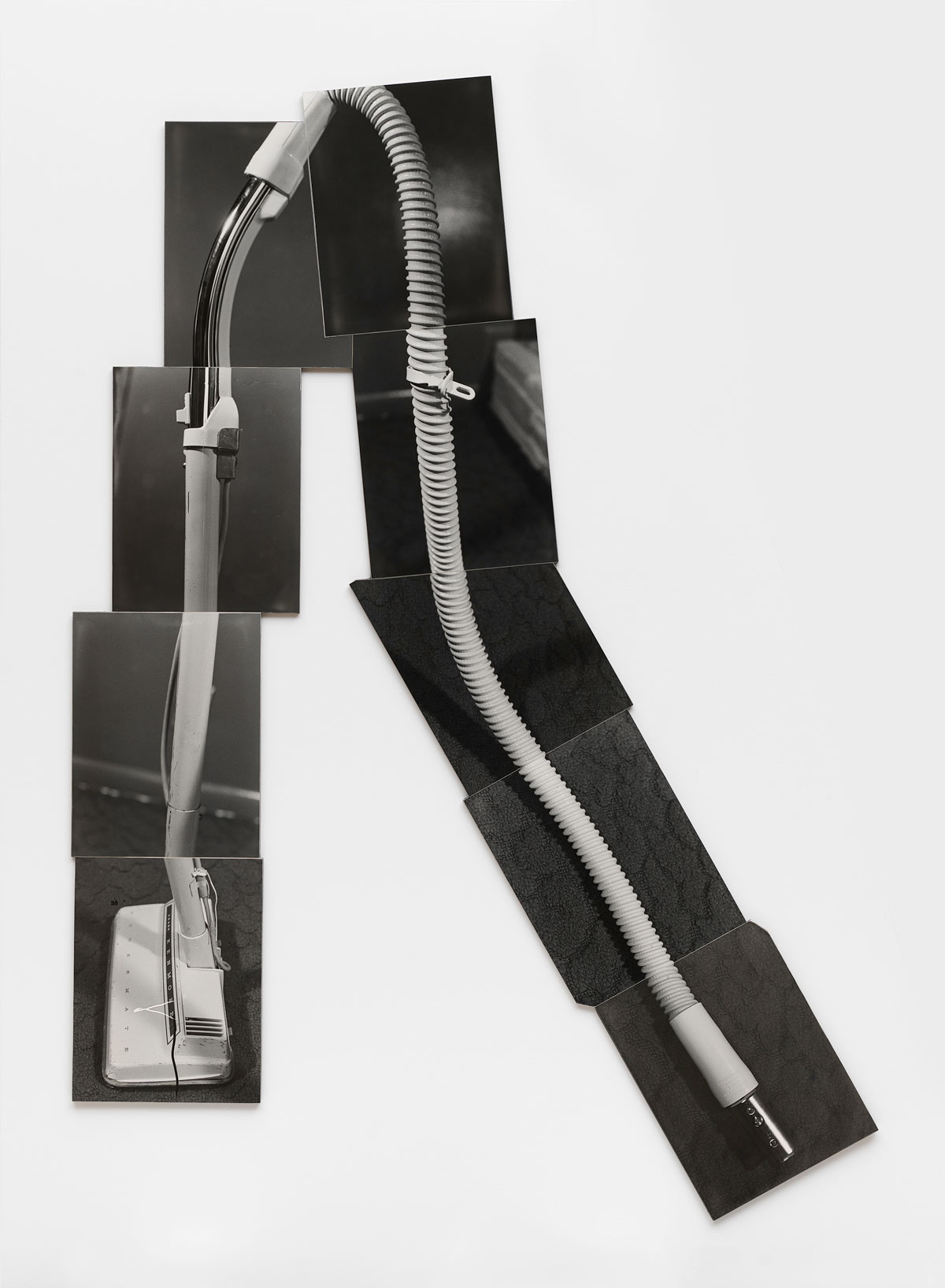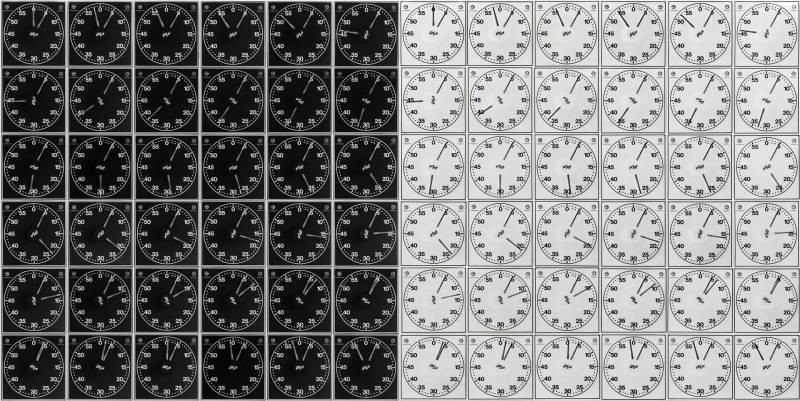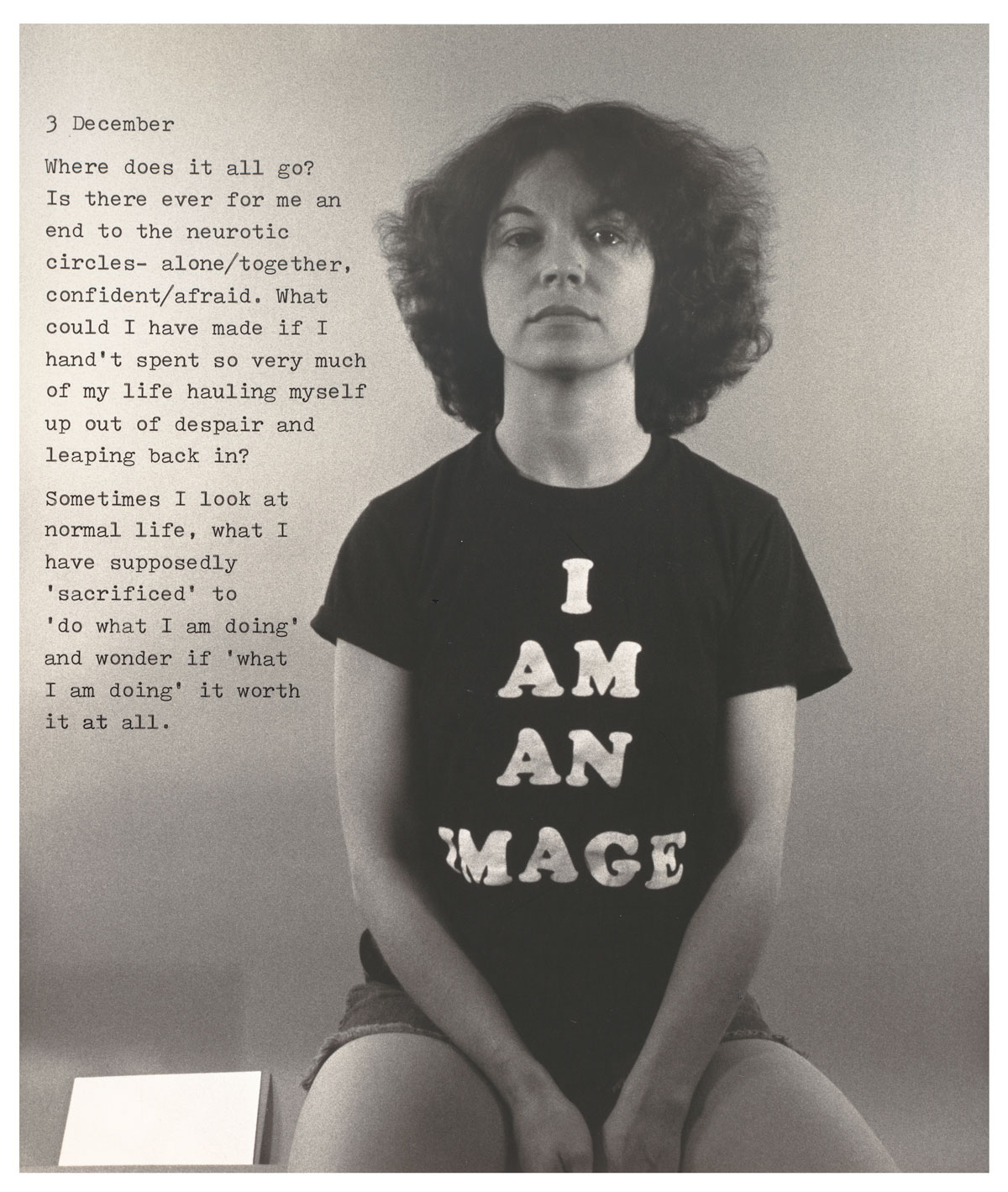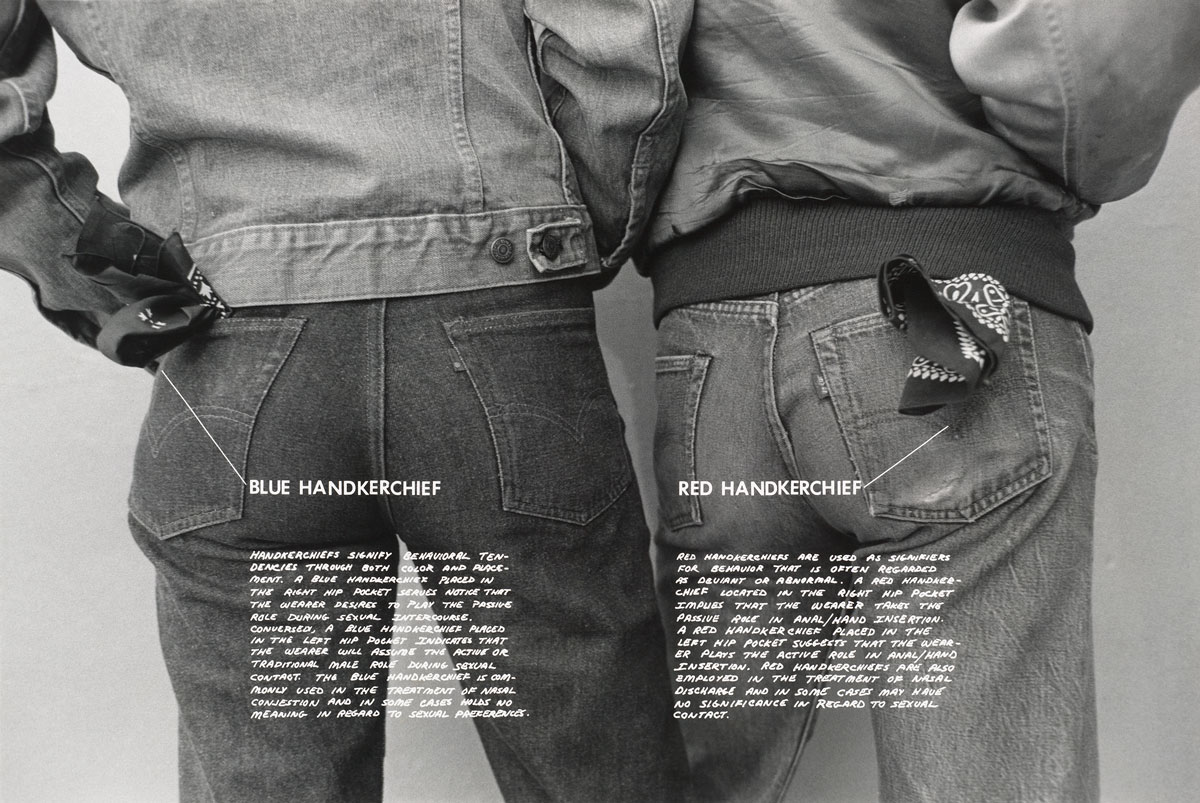There’s something deeply satisfying about exhibitions that focus on a specific time and place. To me, visiting these shows is a bit like time travel. When curators narrow their purview to emphasize overlooked works, underappreciated artists or movements that have simply fallen out of fashion, we get to exist in that time and space, with those voices, for the duration of a show. (It’s no surprise that many of these “reconsiderations” often feature artists and movements previously glossed over by art history.)
Locally, Soul of a Nation: Art in the Age of Black Power does this exceedingly well, zooming in on Black Art of the ’60s, ’70s and ’80s. At Los Angeles’ Museum of Contemporary Art, With Pleasure: Pattern and Decoration in American Art 1972–1985 is stuffed with treasures from a movement that flew in the face of minimalism’s “less is more” approach. And at the San Francisco Museum of Modern Art, Thought Pieces, a show of work by Lew Thomas, Donna-Lee Phillips and Hal Fischer, covers just one incredibly productive decade, when the friends and collaborators dedicated themselves to mining the relationship between photography and language.
Curated by Erin O’Toole, Thought Pieces gathers photographs, publications, correspondence and ephemera from the three artists. Thomas is the ringleader, positioned as a man on a mission to “disrupt” the San Francisco photography scene, which he viewed as overly influenced by “mystical thinking and emotionalism.”

In (high) contrast to this perceived trend, Thomas wanted to distill photography down to its core elements. The first result of this thinking was Black & White, a diptych of the title’s text on solid black and white backgrounds. Thomas later described the piece as a kind of breakthrough; he didn’t need to go somewhere special or even locate a subject to make a photograph. “All the content I would ever need for photography was already with me,” he wrote in his 1978 book Structural(ism) and Photography.
While this may sound limiting, Thomas’ work is delightfully varied. It encompases conceptual experiments (tossing a camera in the air), serial studies (the movement of daylight across a floor) and deadpan one-liners (a life-sized image of a four-foot-long ruler hangs surreptitiously in a gallery doorway). He also made a number of fragmented photographic collages that operate like impressionist paintings. Individually, the prints contain little to no information. In aggregate, they combine to create a recognizable image. A personal favorite in this vein is The Vacuum, a composite image of a Kenmore vacuum cleaner made out of nine gelatin silver prints. The frame, custom-made to fit the artwork’s irregular shape, is half the fun.





